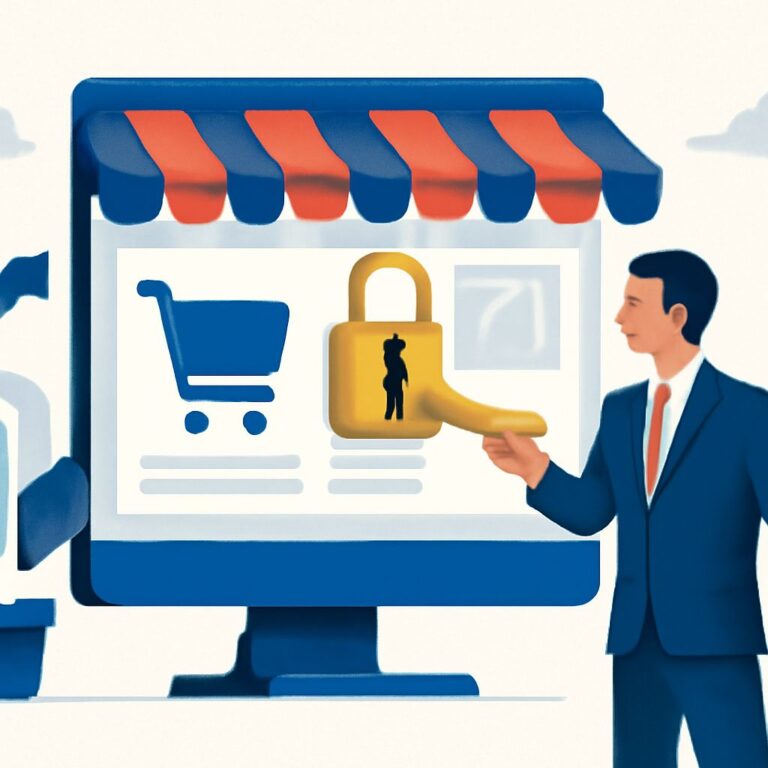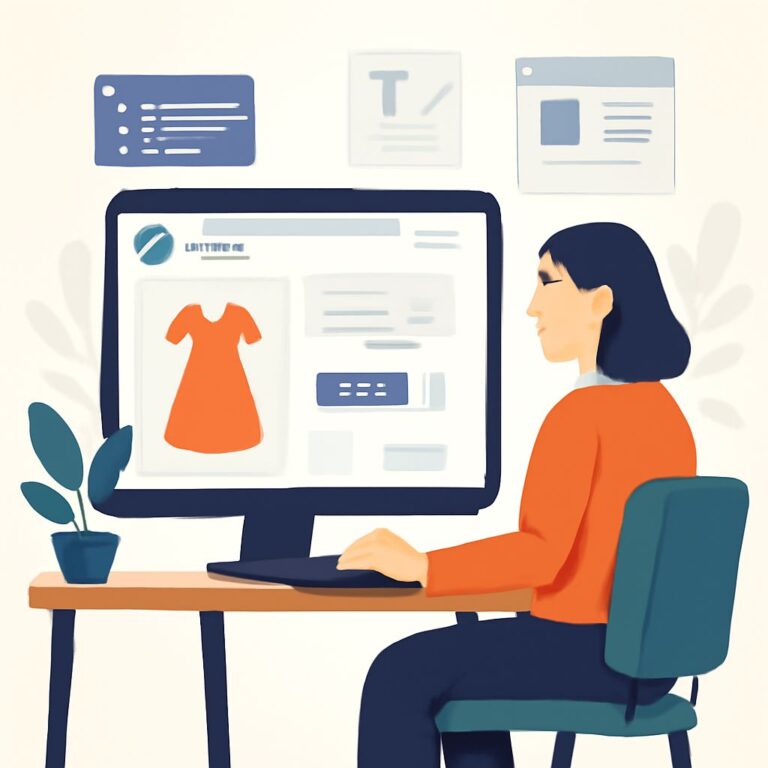Table of Contents
Introduction
The world of e-commerce is continuously evolving, and as we approach 2025, it’s crucial for online retailers to stand out from the competition. One of the most effective ways to do this is through a custom theme design on platforms like Shopify. Custom themes not only enhance the visual appeal of your store but also improve user experience and conversion rates. In this article, we will explore innovative design ideas that can transform your online store, making it more engaging and easier to navigate for your customers.
Understanding the Importance of Custom Themes
A well-designed theme reflects your brand’s identity and can significantly affect first impressions. Here are some reasons why investing in a custom theme is essential:
- Brand Recognition: A unique design helps establish a recognizable brand image.
- User Experience: Custom themes can be tailored to improve navigation and usability.
- SEO Benefits: Custom designs can be optimized for better search engine performance.
- Mobile Responsiveness: With an increasing number of users shopping on mobile devices, a mobile-friendly design is crucial.
Key Design Trends for 2025
Minimalism with a Twist
Minimalism continues to be a dominant trend, but in 2025, it takes on a fresh perspective. Instead of stark white spaces, designers are incorporating soft colors and subtle textures that invite users in without overwhelming them. Custom themes should prioritize:
- Simple navigation menus with fewer items.
- Whitespace that emphasizes key elements.
- Soft gradients and shadows to create depth.
Dynamic and Interactive Elements
Engagement is key in keeping visitors on your site. Incorporating dynamic elements such as animations, hover effects, and interactive product displays can enhance user interaction. Consider:
- Product images that change when hovered over.
- Animated load times that keep users engaged.
- Interactive size charts and virtual fitting rooms for clothing stores.
Personalized Shopping Experiences
With advancements in AI and machine learning, personalized shopping experiences are becoming the norm. Custom themes should implement features that adapt to user behavior, such as:
- Recommended products based on browsing history.
- Dynamic content that changes according to user preferences.
- Tailored search results that prioritize user interests.
Design Elements to Consider
Color Palettes
Choosing the right color palette is crucial in conveying your brand’s message. In 2025, consider these effective combinations:
| Color Scheme | Message |
|---|---|
| Soft Pastels | Gentle and approachable |
| Bold Contrasts | Modern and energetic |
| Earthy Tones | Natural and sustainable |
Typography
The choice of typography impacts readability and brand perception. Consider using:
- Sans-serif fonts for a clean and modern look.
- Unique custom fonts for headings to make a statement.
- Consistent font sizes across various devices for better readability.
Image and Video Integration
High-quality images and videos can significantly enhance user engagement. Ensure your theme supports:
- Hero images that capture attention immediately.
- Product videos that demonstrate functionality and use.
- Gallery layouts that allow users to browse images easily.
Implementing Custom Themes on Shopify
Steps to Create Your Own Theme
Creating a custom Shopify theme may seem daunting, but by following these steps, you can make the process manageable:
- Research: Look at competitor sites and gather inspiration from various design sources.
- Wireframing: Create wireframes to layout your ideas and structure.
- Choose a Base Theme: Select a Shopify base theme that closely matches your vision.
- Customization: Utilize Shopify’s Liquid templating language to modify HTML/CSS as required.
- Testing: Ensure your theme works seamlessly across devices and browsers.
- Launch: Go live and gather feedback for future improvements.
Future-Proofing Your Online Store
As technology advances, so do customer expectations. Here are some strategies to future-proof your Shopify store:
- Stay updated on design trends and consumer preferences to keep your theme relevant.
- Regularly test and optimize for performance and speed.
- Invest in analytics tools to track user behavior and make data-driven decisions.
Conclusion
Transforming your online store with a custom Shopify theme design is not just about aesthetics; it’s about creating a seamless and engaging experience for your customers. By embracing the latest trends and incorporating personalized elements, you can significantly boost your online presence and sales. As we move towards 2025, it’s time to rethink your e-commerce strategy and invest in a design that reflects your brand while meeting the evolving needs of your customers.
FAQ
What are the benefits of a custom Shopify theme for my online store?
A custom Shopify theme allows for a unique design tailored to your brand, improved user experience, and better conversion rates.
How can I choose the right design elements for my Shopify custom theme?
Consider your brand identity, target audience, and current design trends to select elements like color schemes, typography, and layout.
What are the latest design trends for Shopify themes in 2025?
Trends include minimalistic designs, bold typography, dynamic product displays, and enhanced mobile responsiveness.
How much does it cost to create a custom Shopify theme?
The cost can vary widely based on complexity and functionality, typically ranging from a few hundred to several thousand dollars.
Can I update my Shopify custom theme after it is designed?
Yes, you can make updates to your custom theme as needed to reflect changes in your brand or to incorporate new features.
Is it necessary to hire a professional designer for a custom Shopify theme?
While it’s not absolutely necessary, hiring a professional can ensure a more polished and effective design that meets best practices.







